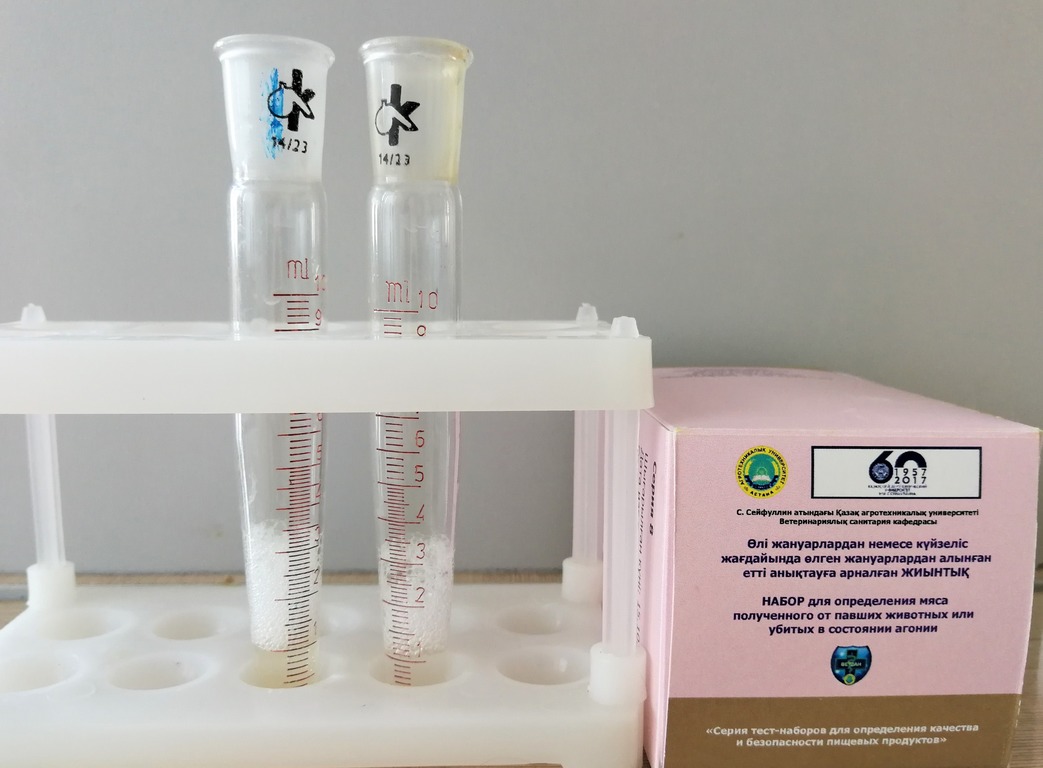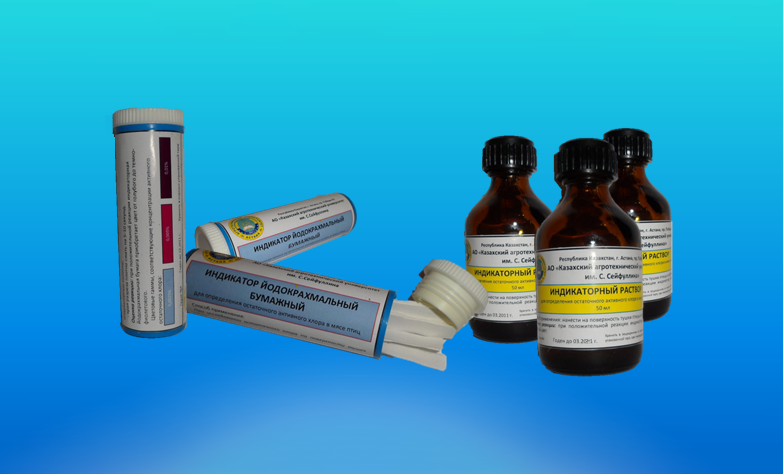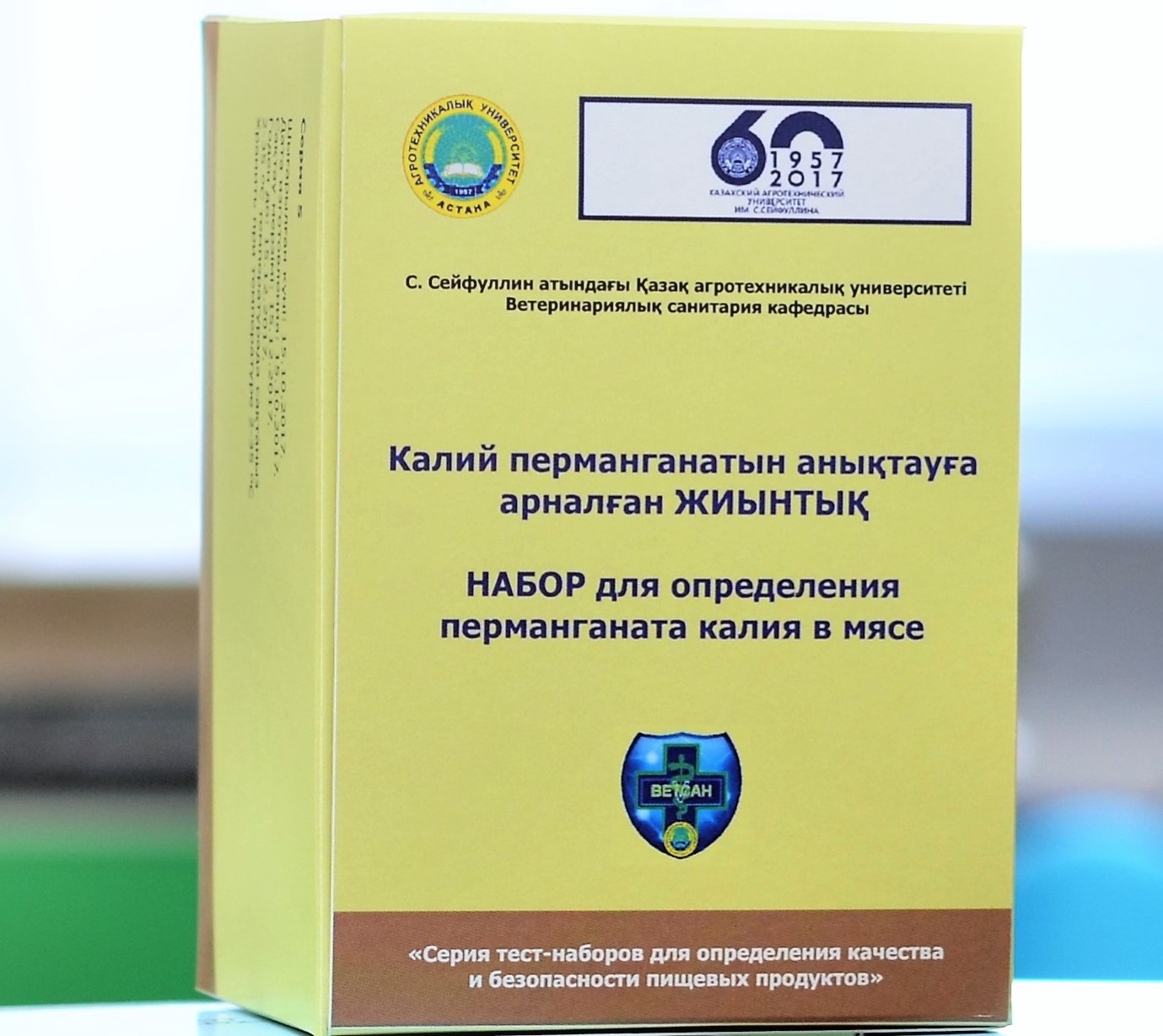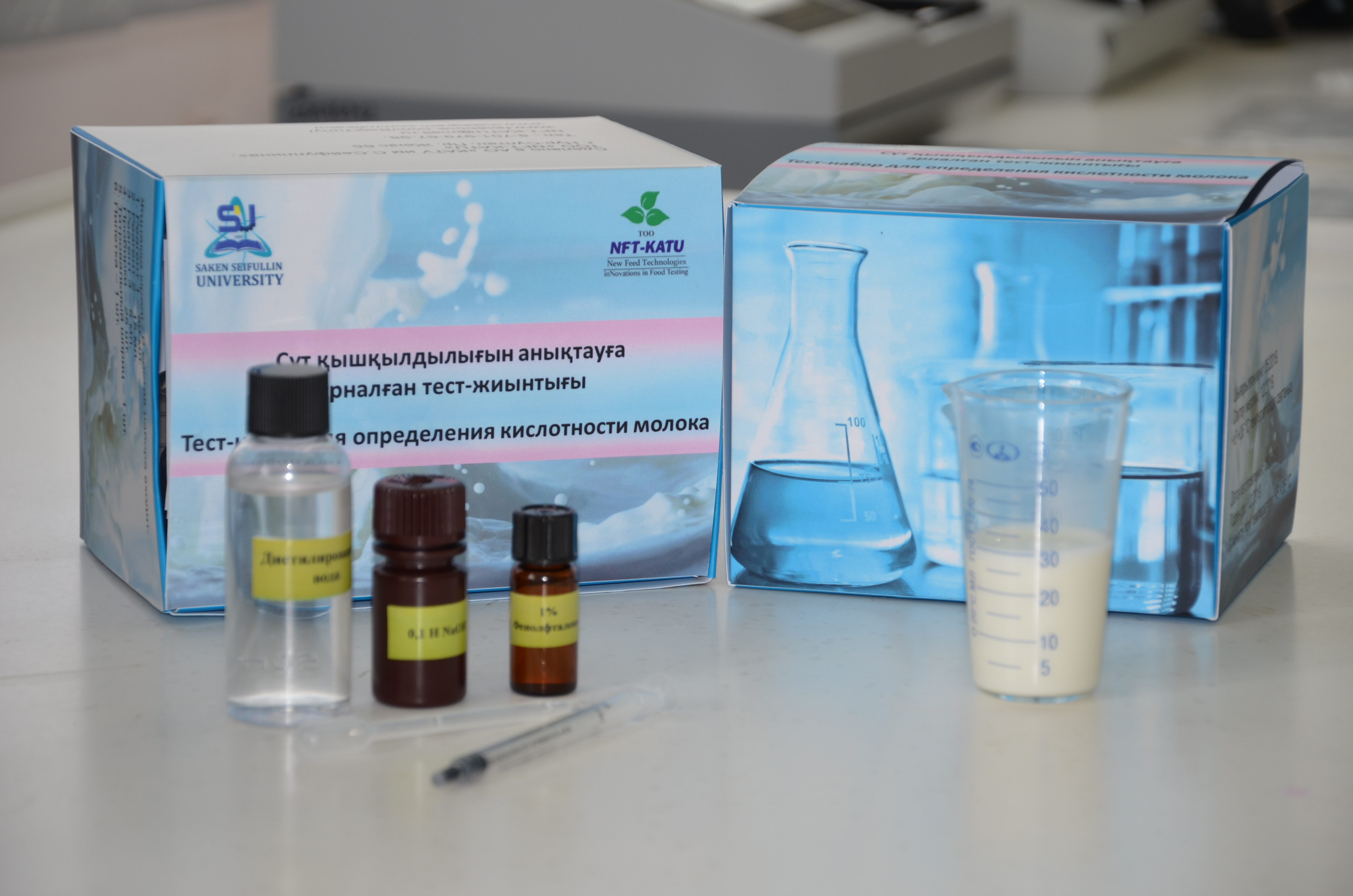
The degree of exsanguination of the carcass is one of the objective indicators that gives information about the condition of the animal before slaughter, the worse the carcass is exsanguinated, the more doubts arise about the health of the slaughtered animal. There are several methods for determining the degree of exsanguination of carcasses, but they are all visual and qualitative, we experimentally developed "Quantitative method for determining the degree of exsanguination of carcasses".
The method allows you to identify the adulteration of meat obtained from dead or sick animals, which is a danger to the health of consumers. The technical result is achieved by the fact that the adulteration of meat is determined by the level of the enzyme catalase in the blood, which depends on the state of health of the animal's body before slaughter. In this way, it is possible to determine the meat obtained from fallen animals, animals killed in agony, or sick animals.
The method is performed using hydrogen peroxide (H2O2). The essence lies in the fact that the hydrogen peroxide added to the meat extract reacts with the enzymes present in the blood and mainly catalase, as a result of which oxygen is released (Sies H., 1991), while a stable column of foam is formed (Figure 1), the amount of which depends on the degree of exsanguination of the animal carcass. At the same time, the worse the degree of exsanguination, the more foam is formed. According to many authors, catalase activity is higher in the red blood cells of sick animals (M. Issi, Y. Gul, S. Yilmaz, 2008; Kassabova T., Staykova M. et al., 1990). Also, under the influence of hydrogen peroxide, the protein fractions of the meat extract (juice) are clarified, in which the optical density is subsequently determined.
The method is carried out as follows:
1. Prepare the meat extract in a ratio of 1: 10.
2. Add 1 ml of filtered extract to the measuring tube.
3. Add 5 drops of 5% hydrogen peroxide solution to the hood and mix intensively.
4. Measure the height of the persistent foam.
5. Measure the optical density of the clarified hood.

Figure 1 – The amount of foam formation during adulteration of meat (left) and meat obtained from a healthy animal (right)
Evaluating the result:
In the meat obtained from sick animals, a persistent column of foam is formed, more than 0.5 cm high. In the meat of healthy animals, foam does not form or slightly covers the surface of the hood (up to 0.5 cm).
The implementation of the method is possible with the use of the developed test set.
In controversial cases, the degree of freshness of meat can be determined by measuring the optical density of the meat extract after the introduction of hydrogen peroxide. Thus, in the extract of cattle meat obtained from healthy animals with a good degree of exsanguination, the optical density is on average 0.455, in meat with a poor degree of exsanguination obtained from a sick animal – 0.516.
The proposed method can be used as one of the objective indicators when assessing the safety of meat by specialists of veterinary laboratories, food safety laboratories, especially in controversial cases when organoleptic studies alone will not be enough.
The innovative patent of the Republic of Kazakhstan No. 31583 entitled "Method for determining the safety of meat" (Certificate No. 12 of 30.09.2016) was obtained for the method.
The data is taken from the monograph: Modern aspects of quality control and food safety. Balji Yu.A., Adilbekov Zh.Sh – Saint-Petersburg: Lan, 2019. - 216 p. https://e.lanbook.com/book/116370


